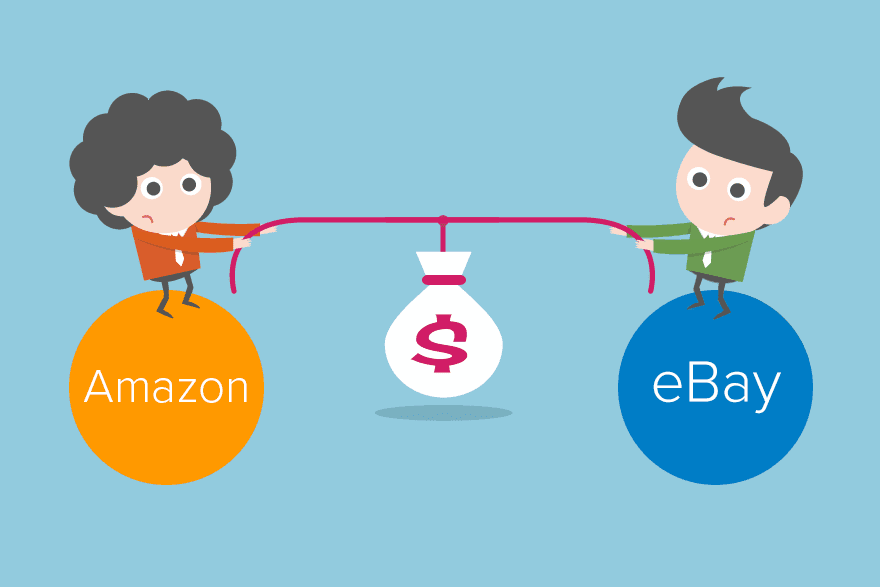Amazon and eBay are two major e-commerce players with different business models. Amazon primarily sells its own inventory while eBay provides a marketplace platform connecting buyers and sellers directly. Amazon’s products tend to have a broader selection while eBay lists more niche or hard-to-find items. Amazon’s algorithms ensure competitive pricing while eBay relies on individual sellers to set their own prices. Both offer a range of shipping and return options with Amazon having a more consistent user experience while eBay can feel overwhelming. Amazon’s policies offer buyers added fraud and scam protection while eBay’s quality of customer service can vary. Ultimately, choice depends on personal preference and shopping experience.
Amazon vs. eBay: Comparing E-commerce Titans
When it comes to e-commerce giants, few companies can compete with Amazon and eBay. Both of these companies have become household names across the globe and have revolutionized the way we shop online. In this article, we’ll compare and contrast these two e-commerce behemoths and see how they differ from one another.
Business Model
Amazon is primarily a retailer, while eBay is a marketplace. This means that Amazon holds and sells its own inventory directly to consumers, while eBay connects buyers and sellers who transact directly with each other. This difference in business models is reflected in the types of products available on each platform. Amazon tends to have a broader selection of products, while eBay typically has more niche or hard-to-find items.
Product Pricing
Amazon is known for its competitive pricing, and the company regularly updates its pricing algorithms to ensure that it offers the best deals to consumers. eBay, on the other hand, relies on individual sellers to set their own prices. This can lead to greater variability in pricing, with some sellers offering products at a discount and others charging a premium.
Shipping and Returns
Both Amazon and eBay have made significant investments in their shipping infrastructure, and both offer a range of shipping options to customers. Amazon’s Prime service is renowned for its fast and free shipping, while eBay has recently launched a Guaranteed Delivery program that promises fast and reliable shipping on eligible items. In terms of returns, both companies have generous policies that allow customers to return items for a refund or exchange.
User Experience
Both Amazon and eBay have invested heavily in creating a seamless and user-friendly shopping experience. Amazon’s website and mobile app are designed to make it easy for customers to find and purchase products, while eBay’s search functionality and product recommendations are designed to help buyers find exactly what they’re looking for. However, Amazon tends to have a more polished and consistent user experience, while eBay can feel more cluttered or overwhelming to some users.
Customer Service
Amazon’s customer service is widely regarded as being excellent, and the company has built its reputation on its customer-centric approach. eBay also offers good customer service, but because it relies on individual sellers, the quality of customer service can vary depending on the seller in question. Additionally, Amazon’s policies, such as its A-to-Z Guarantee, offer buyers added protection against fraud or scams.
Conclusion
While Amazon and eBay are both huge players in the e-commerce space, they have different strengths and weaknesses. Amazon’s focus on selling its own inventory allows it to offer a wider selection of products and more consistent pricing, while eBay’s marketplace model allows for greater variety and more niche items. Ultimately, the choice between Amazon and eBay comes down to personal preference and which platform offers the best shopping experience for your needs.
